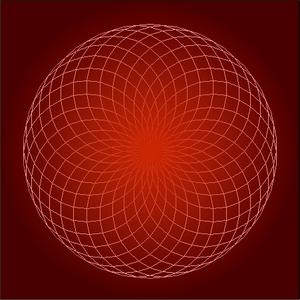In ICT modelling is a term given to work where children explore 'what happens if...' Modelling using computer software helps us to create a virtual trial so that we can make decisions without committing to making the real thing. For example buildings are first modelled through computer programs before being built so that architects can experiment with ideas without having to actually build a real structure. Aircraft are also first modelled using computers.
- My modelling toolkit
- Tizzy’s tools
- My world
- 2simulate
- 2do-it-yourself
One activity on purple mash is 2DIY 3D. You can design your own maze with walls, red monsters and apples to eat. Once you have designed it..
 |
| My maze design |
 |
| Playing the maze |
Modelling supports skills such as visualisation and spacial awareness. It can be great for EAL children and children who are not confident speakers. It helps to develop key skills in DT, maths and science.
Modelling links the the National Curriculum in the Foundation Stage by children finding new ways to solve problems, having their own ideas and exploring, amongst many other ways. It also links to Key Stage 1 through the objective of developing ideas and making things happen.
Progression in Computer Programming
Once children have explored programming toys and robots, they can move on to computer programs. We experimented with Logo, a multi-paradigm computer programming language. A quick overview of Logo in education can be found here.
 |
| Example Logo output |
Logo was inverted by Seymour Parpet. He felt that you could
learn about more about the world by creating than by a finished product - 'it's not what you do but how you do it.' He theorised that you can learn more by making mistakes than you can by getting it right.
Shapes and patterns can be created by entering commands into Logo. For example, the instruction REPEAT 4 (FD 50 RT 90)) makes a square! The instruction tells logo to go forwards by 50 and turn right by 90 degrees and to repeat this by 4, therefore making a square.
Logo enables children whose fine motor skills are not as well developed to makes shapes. It helps them to understand how a machine such as a dishwasher works, because they can understand that pressing a button has lots of programming behind it.
Scratch
Scratch is another programming language where children can make stories, games, music and art and share them online. This program was a lot of fun to try and simple to use. I can imagine that children would enjoy using it a lot. Scratch allows children drag and drop characters, actions and motions onto different bacground to create animations, stories and games. I managed to make the crab and the ball move across the screen and the crab say hello.













